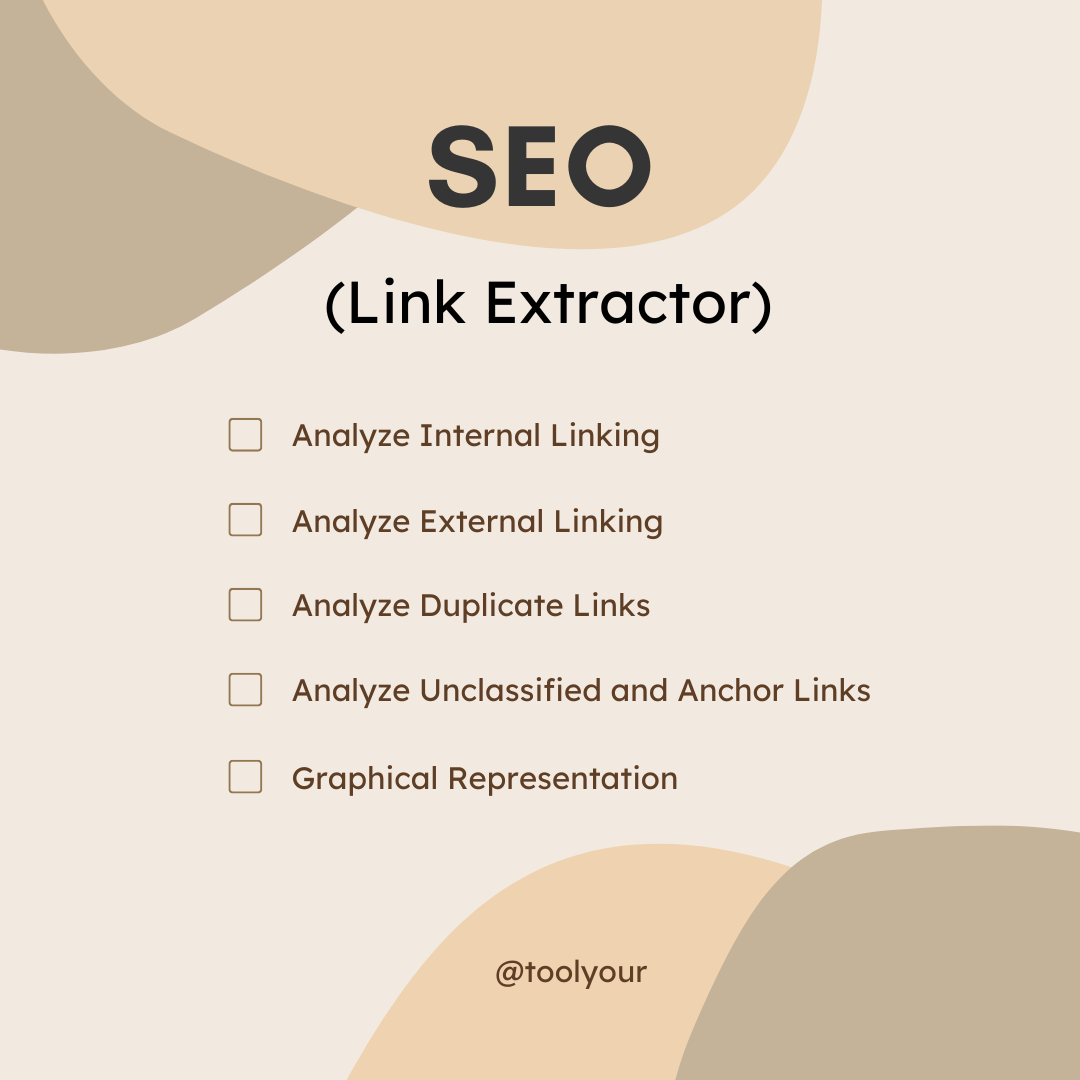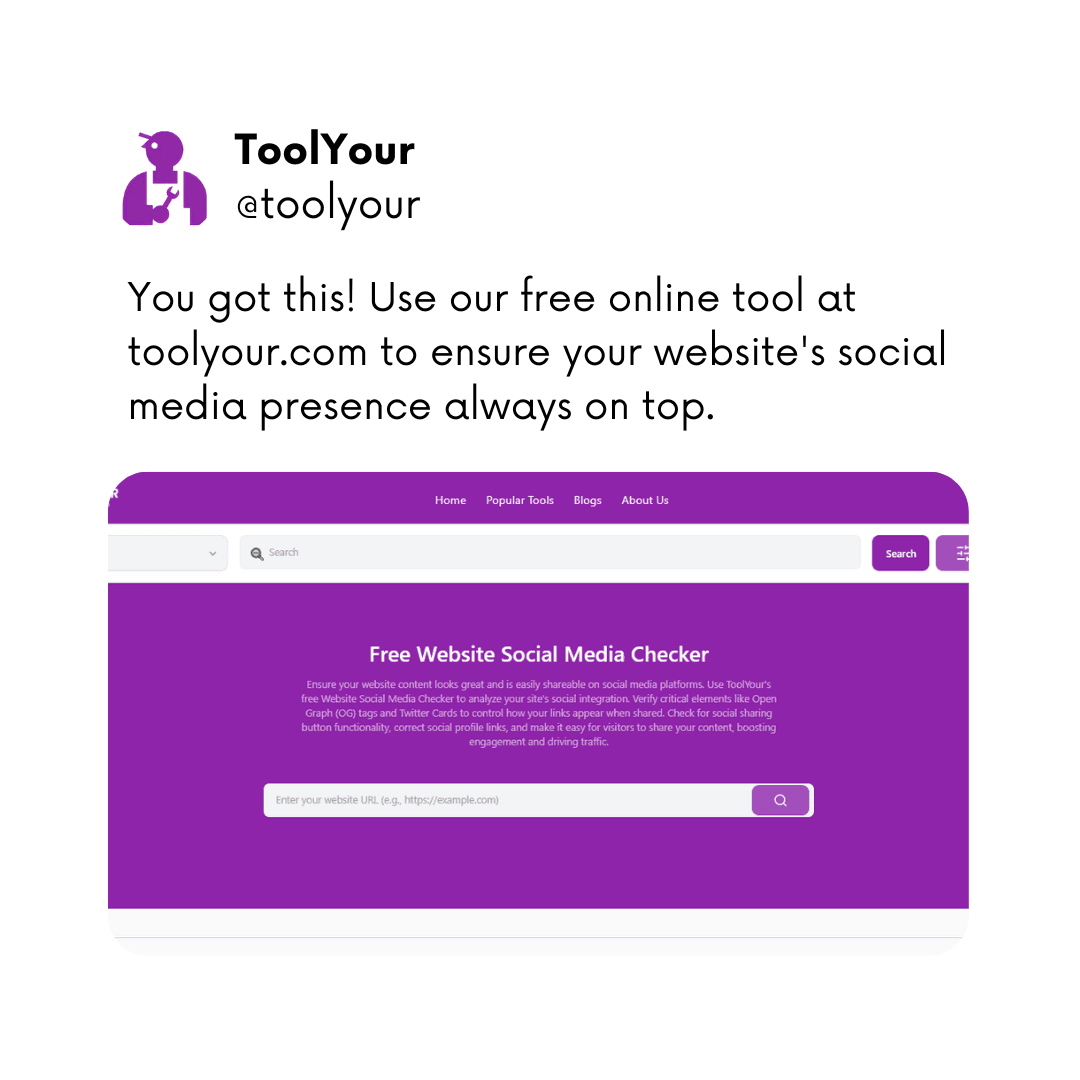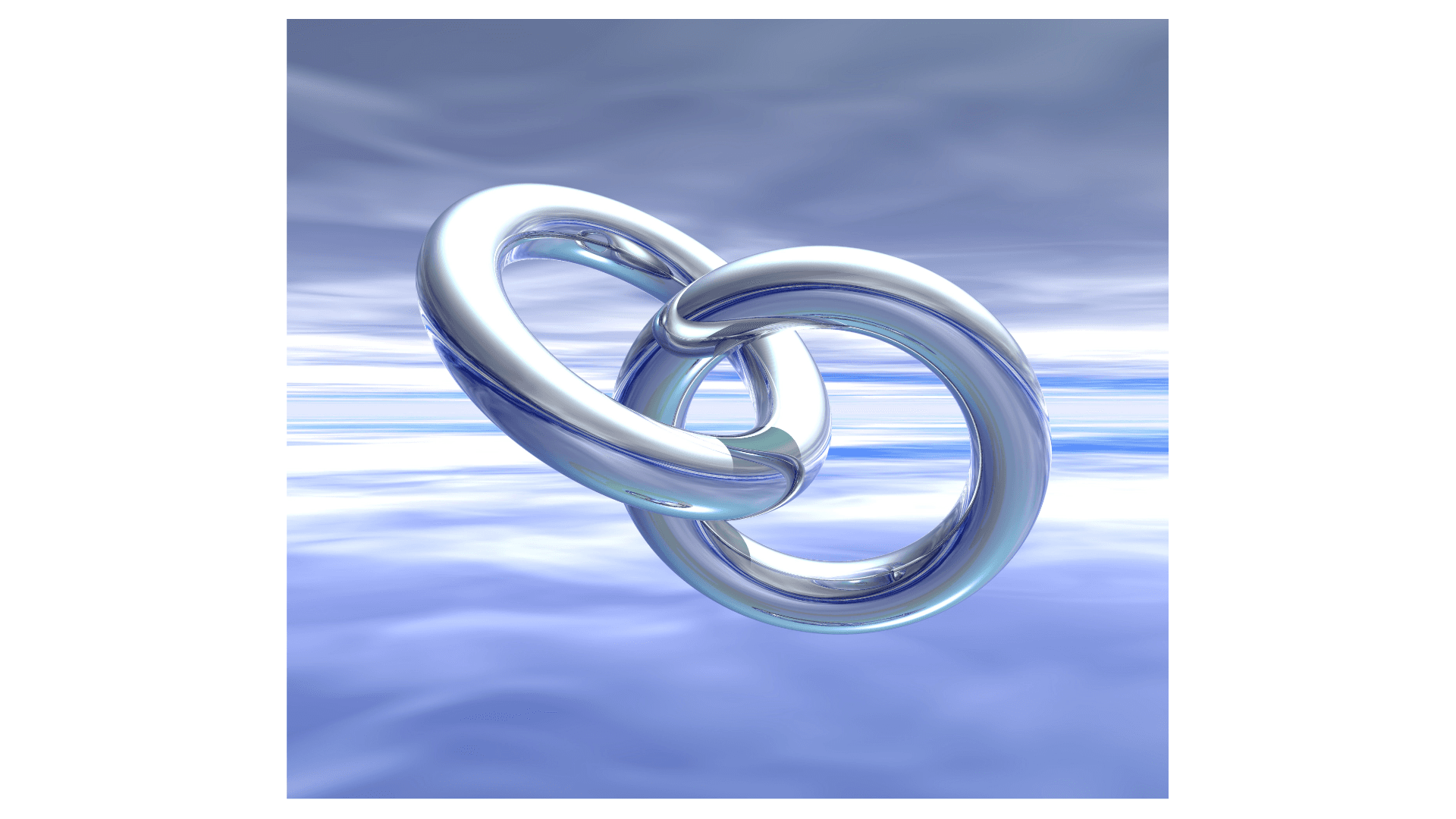In today's fast-paced digital world, information is everywhere, and understanding how websites are built and connected is super important. Every website is like a giant spiderweb of connections, and those connections are called links. To truly understand a website, especially for people who work with websites, knowing about these links is key. This is where tools like the Website Link Extractor come in handy.
This article will take you on a journey to understand these amazing tools. We'll look at when and why Website Link Extractors first showed up, what people did before these tools existed, and how they help us now. Then, we'll introduce our own special tool and show you how it can make your life much easier.
The Beginning: How Website Link Extractors Came to Be
Imagine the internet back in its early days, maybe in the late 1990s or early 2000s. Websites were growing, and more and more pages were being added every day. At this time, people started to realize that how websites connected to each other – through links – was very important.
Links are like roads between web pages. Some links connect different pages on the same website (these are called internal links). Other links connect to other websites (these are called external links). Both kinds of links play a big part in how search engines like Google understand a website and how users move around it.
The idea for a tool that could find and list all these links grew out of a simple need: to see the complete picture of a website's connections. Just like a detective needs to map out all the clues to solve a case, website owners and webmasters needed to map out all the links on their sites.
Why Were These Tools Needed?
The need for Website Link Extractors became clear for several reasons:
For Search Engines (Like Google):
Search engines "crawl" websites by following links. If a website had broken links or a confusing link structure, it was harder for search engines to find and understand all its pages.
For Website Owners:
Owners needed to know if all their pages were linked properly. They also needed to know which other websites they were linking to.
For Finding Broken Links:
Over time, links can stop working (like a road that's closed). These are called "broken links" and they're bad for both users and search engines. Finding them by hand was almost impossible for big websites.
For Looking at Competitors:
Website owners wanted to see how other successful websites were linked. What kind of links did they have? Which other websites did they point to? This information was valuable for planning their own website strategies.
Because of these growing needs, smart people started thinking about ways to build tools that could automatically find and list all the links on a website. This was the start of Website Link Extractors.
Who First Thought of Them and When?
It's hard to point to just one person or company who "introduced" the very first Website Link Extractor. These tools likely grew out of the early needs of webmasters and SEO (Search Engine Optimization) pioneers in the late 1990s and early 2000s.
As the internet became more complex, programmers and web developers started writing small programs or "scripts" to help them with their own work. These early scripts were probably very basic: maybe they would just list all the <a> tags (the HTML code for links) on a page.
Over time, these simple ideas grew into more polished tools. The first widely available Website Link Extractors were often part of bigger SEO software packages or simple online tools offered by early SEO companies. They weren't famous overnight like a new gadget, but they slowly became known as essential tools for anyone serious about managing a website.
The demand for these tools grew as search engines became more important. As businesses realized they needed to be found on Google, they needed tools to help them understand their websites' structure, and Website Link Extractors were a perfect fit.
Before the Tools: How People Found Links
Before we had smart Website Link Extractors, finding all the links on a website was a very difficult and time-consuming job. Imagine trying to check every single page by hand? Here's what people used to do:
Manual Clicking and Recording:
This was the most basic method. A person would open a webpage and then click on every single link they saw. They would then write down each link address on paper or in a simple spreadsheet. This was fine for tiny websites with only a few pages, but totally impossible for big sites.
Using the "View Source" Option:
Every web browser has a "View Page Source" or "Inspect Element" option. People would open this, and they'd see all the computer code (HTML) that makes up the webpage. They would then have to manually look through all that code to find the
<a>tags and pull out the link addresses. This was like finding a needle in a haystack for complex pages.Simple Text Editor Searches:
If they managed to get all the website's HTML code onto their computer, they might use a text editor's "Find" function (like Ctrl+F) to search for
<a href="(the start of a link in HTML). This would highlight the links, but they still had to copy each one out.Basic Homemade Scripts (for tech-savvy people):
Some people who knew how to code might write their own small computer programs. These programs would go to a page, read its code, and try to pull out the links. However, these were often very simple and not easy for everyone to use. They also needed a lot of technical skill to build and run.
No Comprehensive View:
The biggest problem with all these old methods was that they almost never gave you a full picture. You might find links on one page, but how did that page connect to all the other pages on the site? It was incredibly hard to see the big picture of a website's entire link structure.
These old ways were slow, prone to mistakes, and made it nearly impossible to keep up with websites that had hundreds or thousands of pages. The need for a fast, accurate, and automatic way to find and list all website links was very clear, and this is exactly what Website Link Extractors stepped in to do. They changed the game for website management and SEO.
Our Website Link Extractor: Your Powerful Ally
Now that you understand the history and why these tools are so important, let's talk about our own special Website Link Extractor here at ToolYour. We've built this tool to be incredibly easy to use, yet powerful enough to give you all the link information you need.
Our tool is designed to cut through the complexity of website links and give you a clear, organized view. It helps you understand the hidden connections within any website, making it easier to improve your site, check competitors, and find problems.
What Our Tool Does
At its core, our Website Link Extractor visits a webpage (the one you tell it to check) and then acts like a super-smart detective, finding every single link on that page. But it doesn't just list them; it organizes them in a very helpful way so you can quickly understand your website's link structure.
Imagine you have a big map, and our tool is like a guide that highlights all the roads, tells you which roads go to places on the same map, and which roads lead to completely different maps. That's what our tool does for your website's links?
How Our Tool Can Help People
Our Website Link Extractor offers many great benefits for different kinds of people:
For Website Owners:
Find Broken Links:
Quickly spot any links that lead to nowhere. Broken links are bad for users (they get frustrated) and for search engines (they might think your site isn't well-maintained). Fixing them makes your site better.
Improve Internal Linking:
See how your pages connect to each other. Strong internal links help search engines find all your important content and help users move around your site easily.
Understand External Links:
See all the other websites you're linking to. This is important for checking the quality of those links and making sure you're not linking to anything harmful.
Boost SEO:
A well-linked website is easier for search engines to understand and rank higher. Our tool helps you keep your link structure clean and effective.
For SEO Professionals:
Site Audits:
Quickly check a website's link health as part of a full SEO check-up.
Competitor Analysis:
See how a competitor's website is linked. What are their main internal pages? Who are they linking to? This can give you ideas for your own strategies.
Content Planning:
Understand which pages might need more internal links to boost their importance.
For Content Writers:
Contextual Linking:
Ensure your articles link to relevant pages on your site or other useful resources, improving the reader's experience.
Finding Relevant Sources:
If you're researching a topic,
you can extract links from a source page to find more related articles.
For Web Developers:
Debugging:
Quickly find missing or incorrect links during website development.
Migration Checks:
After moving a website,
ensure all old links are updated and new ones are correctly in place.
For Students and Researchers:
Analyzing Website Structures:
Great for studying how different types of websites are built and interconnected.
Data Collection:
Easily gather lists of links from specific pages for research projects.
In short, our tool helps you see the complete map of a website's connections, allowing you to make smarter choices that improve your site's performance and user experience.
Who Can Use This Tool?
The beauty of our Website Link Extractor is that it's made for everyone? You don't need to be a super tech expert to use it.
Small Business Owners:
Want to make sure your online store or service website is easy to navigate and found by customers?
This tool is for you.
Bloggers & Writers:
Want your articles to link correctly and help your readers find more of your great content?
This tool helps.
Marketing Teams:
Need to quickly check client websites or competitor sites for link insights?
This tool speeds up your work.
Web Developers:
Looking for a quick way to audit links during testing or after launching a new site?
This tool is very practical.
Students & Curious Minds:
Just want to understand how websites are structured?
Our tool provides a simple way to explore.
If you have a website, manage a website, or just want to understand how websites are linked, our tool is designed for you.
How to Use Our Website Link Extractor
Using our Website Link Extractor is super easy and intuitive. We've designed it so you can get the information you need in just a few clicks.
Here's your simple step-by-step guide:
Go to the Tool: Open your web browser and visit our Website Link Extractor page. You'll find it at:https://toolyour.com/digital-tools/website-link-extractor(Please note: The prompt asked for
https://toolyour.com/digital-tools/website-link-extractorfor this tool, but the example given washttps://toolyour.com/digital-tools/keyword-checker. I will use the one specific for this tool for clarity. If the URL for this tool is different, please let me know?)Input Your Website URL: You'll see a clear input field on the page. This is where you tell our tool which website you want to check.
Important:
Make sure you enter the full website address, starting with
https://For example, typehttps://toolyour.comif you want to analyze our homepage.
Start the Scan: Once you've typed or pasted the URL, simply press "Enter" on your keyboard or click on the "Search" button (or magnifying glass icon) next to the input field.
Watch the Magic Happen: Our tool will then quickly go to that website, scan it for all its links, and organize them for you. This usually takes just a few seconds, depending on the size of the page.
Understanding Your Results: The 5 Tabs and More?
Once the scan is complete, a new section will appear below the input field. This section is packed with helpful information, all neatly organized into different tabs, plus a helpful graph.
Link Categories Overview (Graph)
Before diving into the tabs, you'll see a graph for Link Categories Overview. This is a quick visual summary that shows you at a glance the general breakdown of links on the page. For example, it might show you a pie chart or bar graph indicating the percentage of internal links versus external links. This gives you a fast overview of your link strategy.
Now, let's explore the five powerful tabs:
Tab 1: Internal Links
What it is:
This tab lists all the internal links found on your webpage. These are links that point to other pages within the same website (e.g., from your homepage to your "About Us" page, or from a blog post to another blog post on your site).
How it helps:
See if all your important internal pages are linked correctly.
Check for broken internal links.
Understand how users and search engines navigate your site.
Improve your site's structure for better SEO.
Tab 2: External Links
What it is:
This tab shows all the external links from your webpage. These are links that point to pages on completely different websites (e.g., from your blog post to a news article on another site, or to a social media profile).
How it helps:
Review who you are linking to. Are these trusted, relevant websites?
Identify any unwanted or bad external links.
Ensure you are giving proper credit to sources outside your site.
See if competitors are linking to specific influential sites.
Tab 3: Anchor Tab (Anchor Links)
What it is:
The "anchor" of a link is the visible, clickable text that users see. For example, if a link says "Click here to learn more," "Click here to learn more" is the anchor text. This tab lists all the links along with their specific anchor text.
How it helps:
SEO Boost:
Search engines pay attention to anchor text. This tab helps you see if your internal links are using good,
descriptive anchor text that helps both users and search engines understand what the linked page is about.
User Experience:
Are your anchor texts clear and helpful for users?
Identify Over-optimization:
Sometimes people use the exact same keyword over and over again as anchor text for internal links.
This tab helps you spot that and diversify for better SEO.
Tab 4: Unclassified Links
What it is:
This tab is for links that our tool couldn't clearly put into the "internal" or "external" categories.
This can happen for various reasons, like unusual link formats, JavaScript links, or links that point to downloadable files rather than web pages (like PDFs or images, which technically aren't "web pages").
How it helps:
Troubleshooting:
Helps web developers or advanced users find any unusual or problematic links that might not be working as expected.
Comprehensive Check:
Ensures that no links are missed, even if they don't fit typical patterns.
Tab 5: Duplicate Links
What it is:
This tab shows you any duplicate links on the page. This means if the same link address appears multiple times on the page, it will be listed here.
How it helps:
Page Cleanliness:
While not always bad,
too many duplicate links can make a page look messy in its code.
User Experience:
Sometimes,
having the exact same link appear many times very close together can be annoying for users.
SEO Audit:
Helps you see if there are unintended repetitions in your linking.
Search Bar (Top Right Corner)
In the top right corner of the results section, you'll find a handy search bar. This feature allows you to manually search for specific links within all the extracted results.
How it helps:
If you're looking for a particular link,
or all links containing a certain word,
you can type it into this search bar and quickly filter the results across all tabs.
This saves you a lot of time sifting through long lists.
The Future of Link Extraction: What's Next?
Just like the internet keeps changing, our Website Link Extractor will also keep getting smarter and more helpful. We are always working to improve our tools, using the newest technology to give you even better insights.
In the future, you can expect to see advancements such as:
Deeper Link Analysis:
We aim to not only show you the links but also provide more context. For example, telling you if a link is "nofollow" (which tells search engines not to follow it) or if it's a redirect.
Visual Link Mapping:
Imagine seeing a simple visual map of your website's internal links, like a diagram showing how pages connect. This would make understanding complex structures even easier.
Broken Link Reporting:
While we show you links, future versions could specifically highlight and prioritize broken links, making it even faster to fix critical issues.
Link Health Scores:
We might introduce a simple score that tells you how "healthy" your page's link structure is, based on best practices.
Integration with Other Tools:
We plan to make it easier for our link extractor to work with other SEO and website management tools you might be using.
More Advanced Filtering:
Even more ways to filter and sort your links, allowing for very specific types of analysis.
These are just some ideas for how our Website Link Extractor will grow. Our main goal is always to make it easier for you to manage your website, improve its performance, and ultimately, help you succeed online.
In conclusion, the Website Link Extractor has come a long way from its humble beginnings, driven by the constant need to understand and manage website connections. Our tool at ToolYour brings this powerful capability right to your fingertips, giving you clear, organized insights into your website's links. Whether you're a website owner, an SEO pro, or just curious, our tool is here to help you navigate the complex world of web links with ease and confidence. Try it today and start seeing your website in a whole new way?
Check here: Link Extractor










